Orange cats are some of the most striking and lovable pets, and there’s a long-standing belief that they’re almost always male. You’ve probably heard this before and wondered: Is it true? Why does it seem like male orange cats are everywhere?
The answer lies in their unique genetics, and it’s a lot simpler than you might think.
Let’s unravel the mystery behind orange cats and discover what makes them so special!
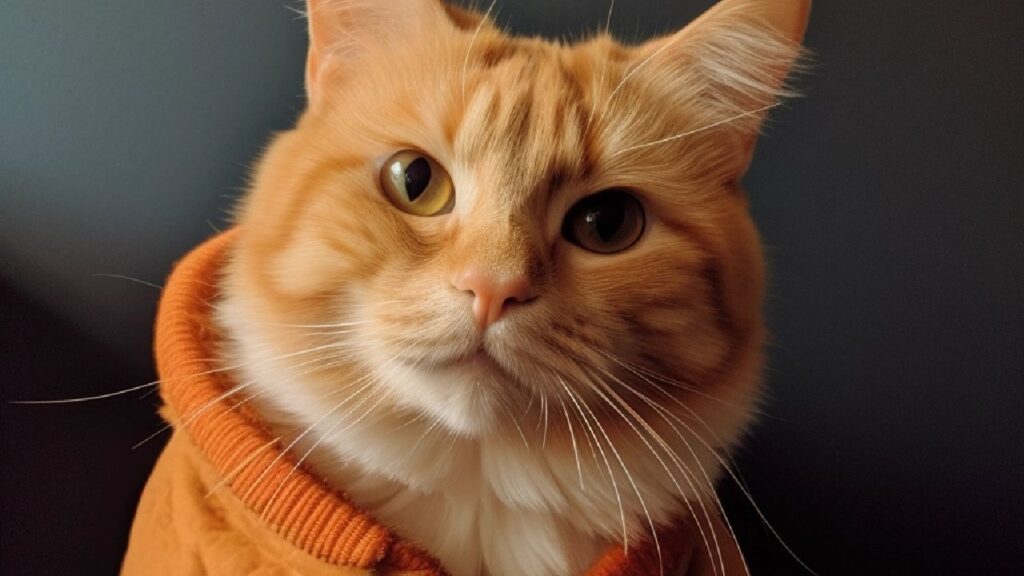
Why Do People Think Orange Cats Are Always Male?
It’s a common idea that orange cats are mostly male, and honestly, it’s not entirely wrong. About 80% of orange cats are male. But where does this assumption come from?
It all boils down to how we observe the world around us. When people notice something often enough, like meeting more male orange cats than female ones—it’s easy to turn that into a blanket statement. But the real answer lies in genetics.
Orange Cats Genetics
The secret to an orange coat is in a cat’s DNA, specifically a gene called the “orange gene.” This gene is carried on the X chromosome.
- Male Cats: Male cats have only one X chromosome (XY). So, if their single X chromosome carries the orange gene, they’ll be orange.
- Female Cats: Female ginger cats, on the other hand, have two X chromosomes (XX). For a female cat to be orange, both X chromosomes need to carry the orange gene.
This difference is why male orange cats are much more common. A male needs just one orange gene, while a female needs two. It’s simple genetics, but it leads to a fascinating fact: female orange cats are rarer than their male counterparts.
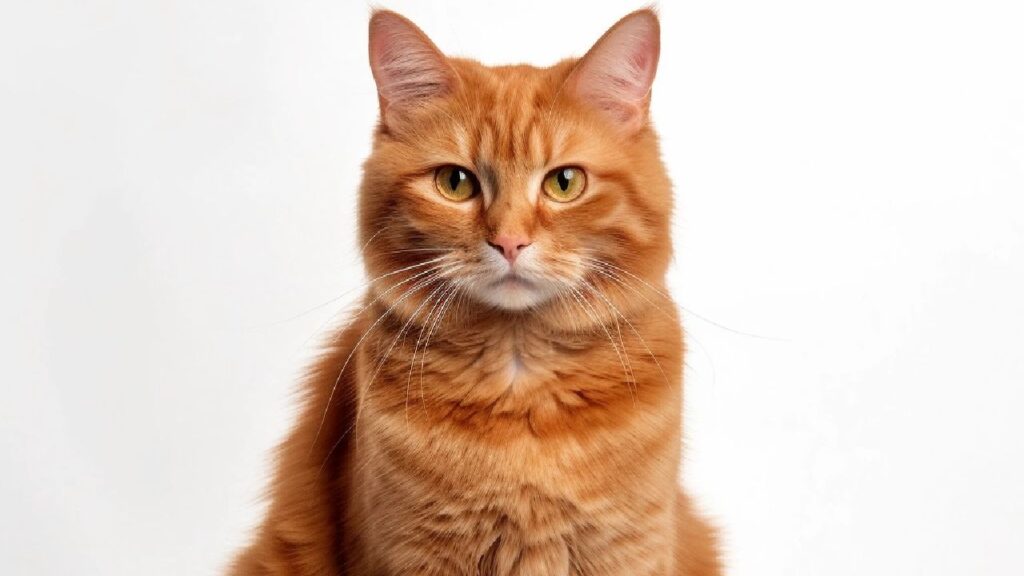
Are Female Orange Cats Really That Rare?
They’re not unicorns, but female orange cats are definitely less common. Statistically, around 1 in 5 orange cats are female.
This doesn’t make them any less special, though! If you meet a female orange cat, you’ve come across a bit of a genetic marvel. It’s just another reason to celebrate the uniqueness of all cats, orange or not.
Fun Facts About Ginger Cats
Orange cats are more than just a pretty coat. They come with unique traits and quirks that make them extra-lovable. From their patterns to their reputation for being friendly, here are some fun tidbits about these vibrant kitties:
- All Orange Cats Are Tabbies: Every orange cat has tabby markings, even if they look like a solid color at first glance. These patterns can vary, including swirls, stripes, or subtle spots. Take a closer look, and you might notice their signature markings.
Read more about types of tabby cats and their coat style
- The “M” on Their Forehead: Like all tabbies, orange cats often have an “M” shape on their foreheads. This marking is tied to folklore, with legends associating it with religious and mythical figures.
- Famous Orange Cats in Pop Culture: Some of the most iconic cats in TV and film are orange. Garfield is the ultimate example of a sassy orange cat, while Morris the Cat and Crookshanks from Harry Potter also represent this striking color in popular media.
- They’re Known for Their Friendly Personality: Many orange cat owners describe their pets as especially outgoing, loving, and playful. Some even claim orange cats are more social than others.
- Orange Comes in Many Shades: From pale creams to fiery ginger, orange cats show off a range of hues. Their unique coloring is part of what makes them so captivating.
- More Common in Certain Breeds: Certain breeds, like Maine Coons and British Shorthairs, tend to have more orange cats in their lines. If you’re a fan of this color, these breeds might be worth exploring.
- Most Are Male: About 80% of orange cats are male due to the way their coat color is passed through genetics. This makes female orange cats a little rarer and even more special.
Orange cats have a charm that goes beyond their vibrant coats, making them unforgettable companions for anyone lucky enough to adopt one.
Conclusion
Orange cats are unique and full of personality, making them a favorite among cat lovers. While most are male, female orange cats are just as special and rare. If you love orange cats and want to welcome one into your home, browse kittens for sale available for adoption and find the perfect companion for your family.

FAQs
Can female cats have orange patches on their fur?
Female cats can have orange patches if they carry the orange gene on one of their X chromosomes.
Can two orange cats have a non-orange kitten?
Both parents may carry other color genes that influence the coat color of the kitten.
Are other factors besides genetics affecting cat coat color?
Genetics is the primary factor, but environmental factors can sometimes influence the intensity of coat color.
Is the orange gene the same in all orange cats?
There can be variations in the specific alleles of the orange gene, leading to different shades of orange in cats.
Can two orange cats produce a black kitten?
If both parents carry the genes for black color, they can produce black kittens, even though they are both orange.


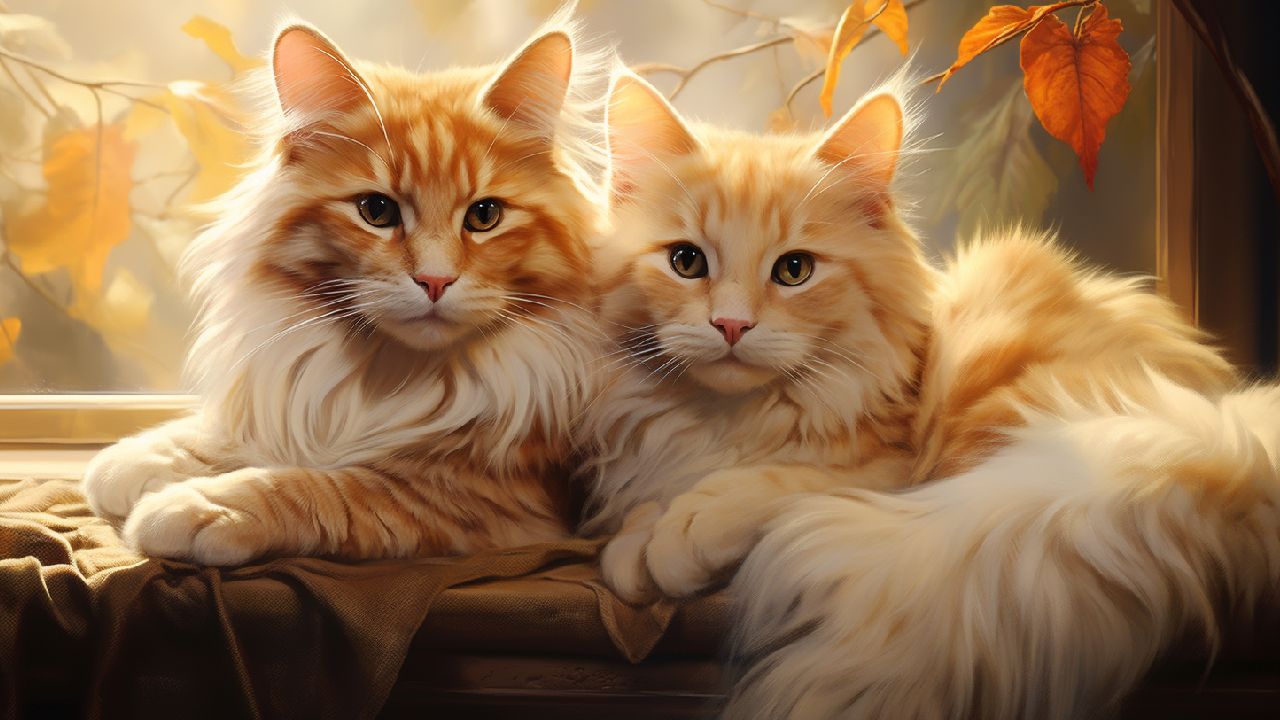

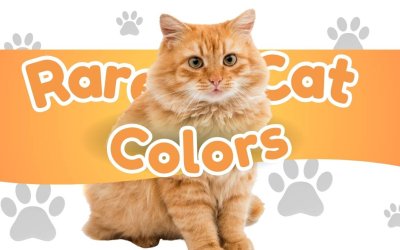
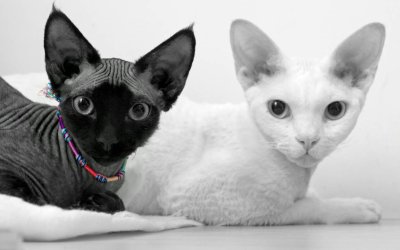
Never knew there was so much complexity behind coat colors in cats! It’s amazing how genetics work, making our furry friends so wonderfully diverse. My family of three cats includes an orange tabby named Mango. Loved learning more about this! 😺